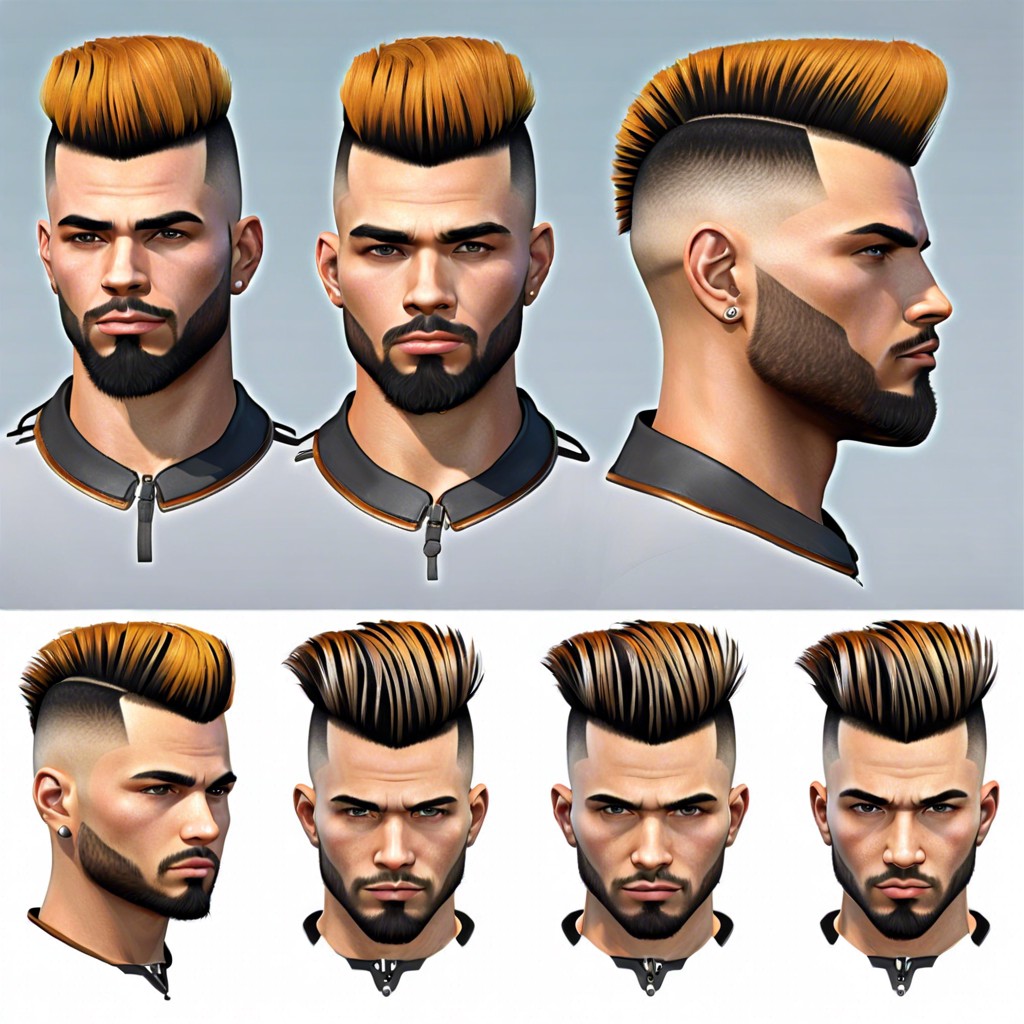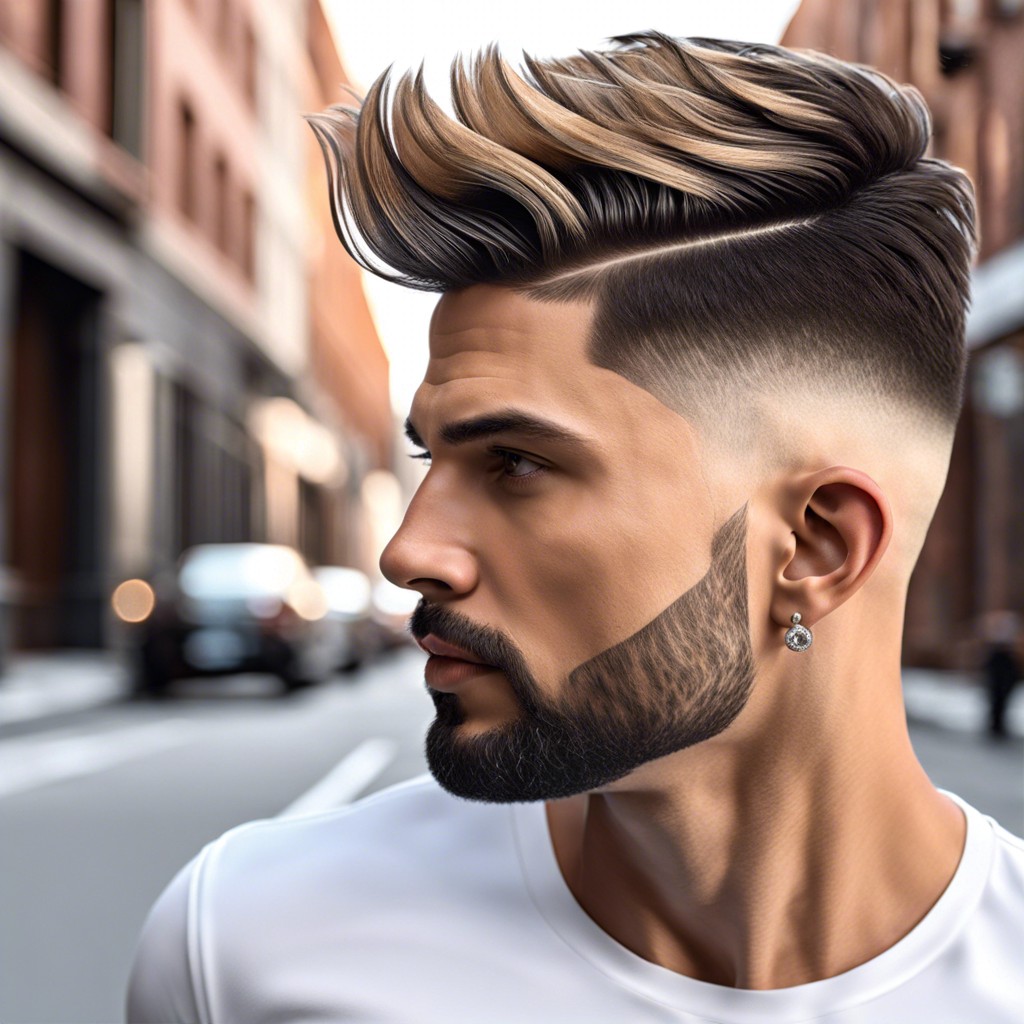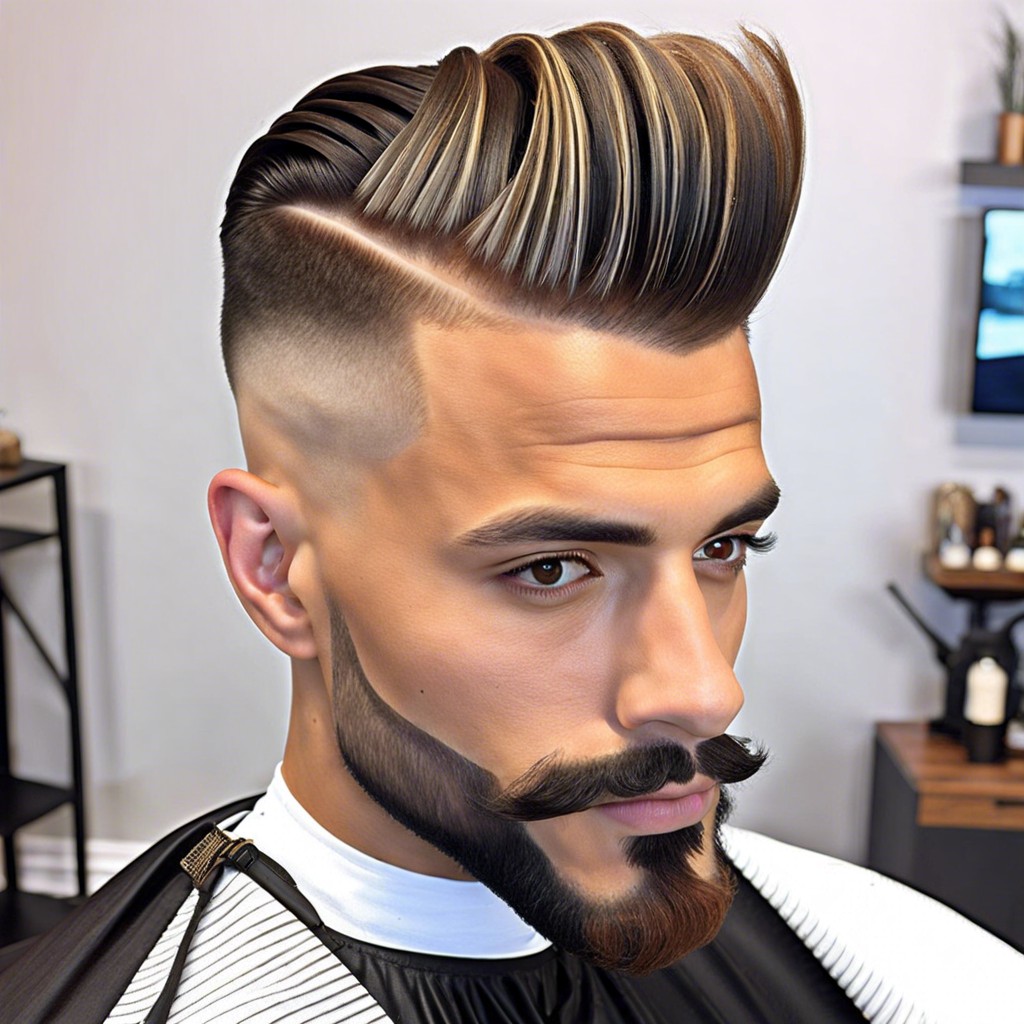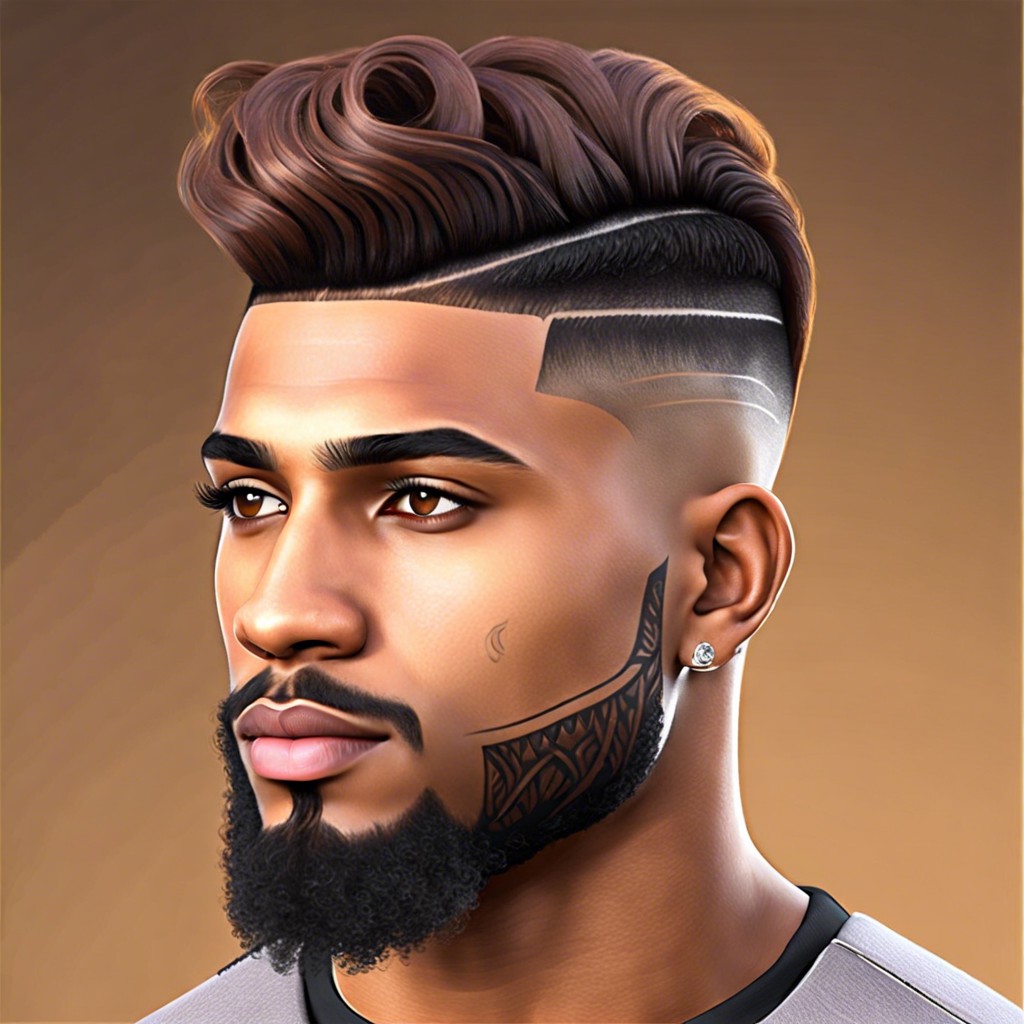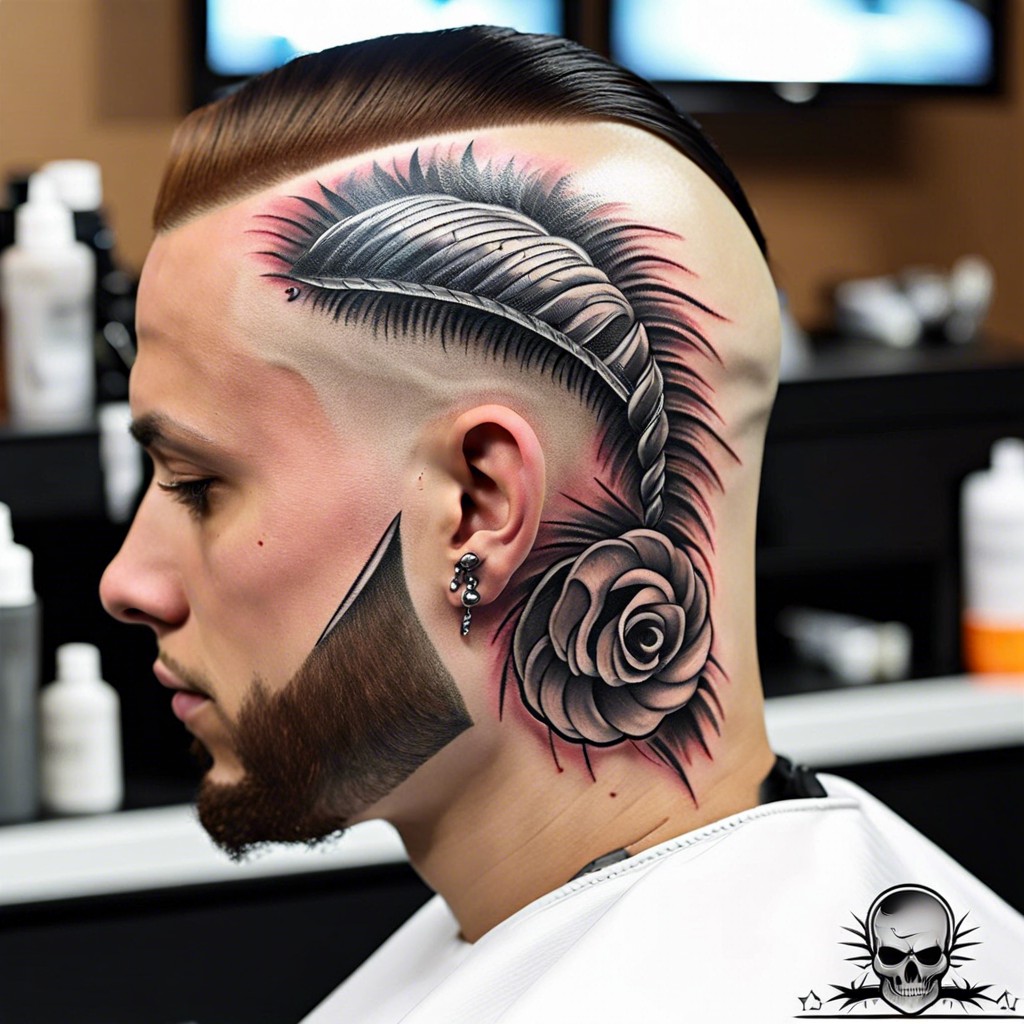Discover fresh perspectives on the versatile burst fade hairstyle for white men and why it could be the contemporary twist your hair needs.
Defining the Fade Transition
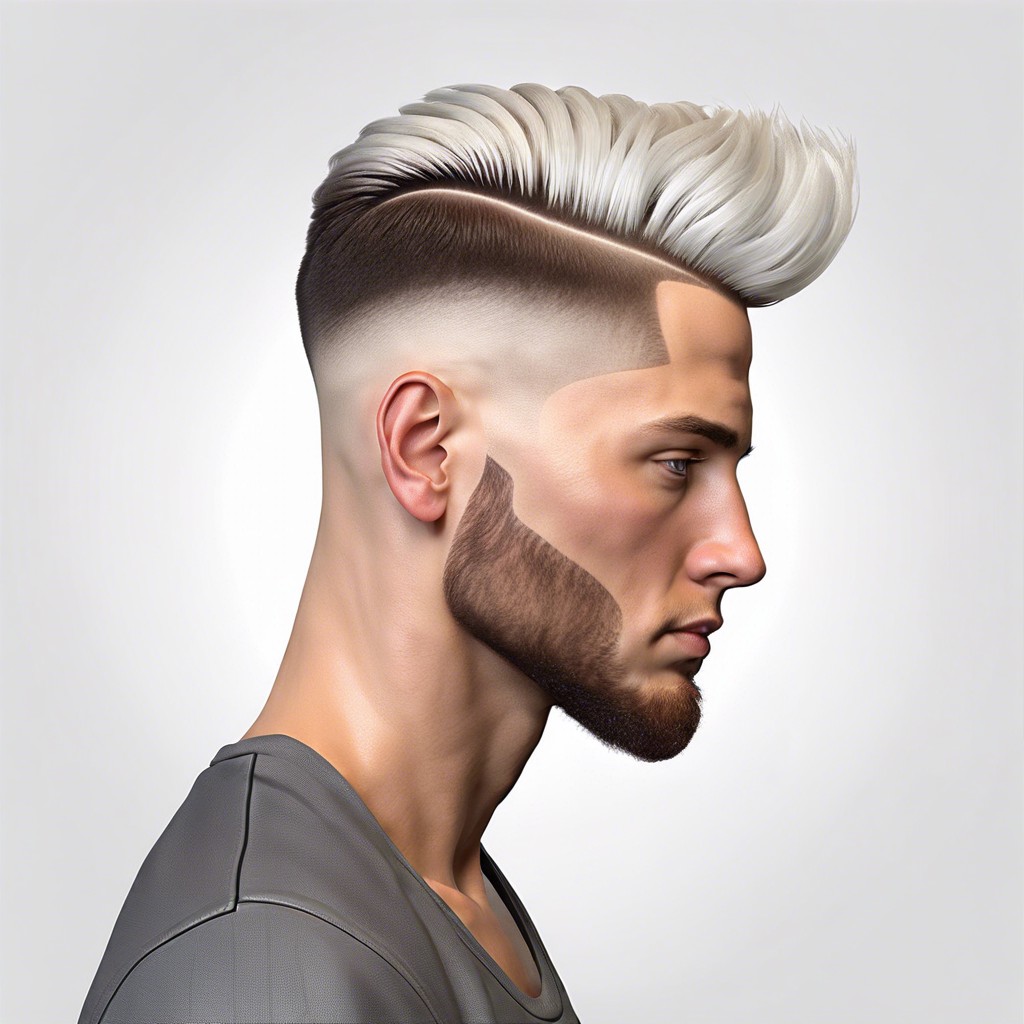
A burst fade showcases a semicircular fade that arches around the ear, creating a distinctive curved transition that stands out from typical fade haircuts.
The transition zone of a burst fade gradually lessens hair length, giving prominence to the curvature from ear to temple.
This style blurs the line between hair and skin, offering a seamless gradient effect that enhances the visual texture.
Maintenance Tips for Burst Fades
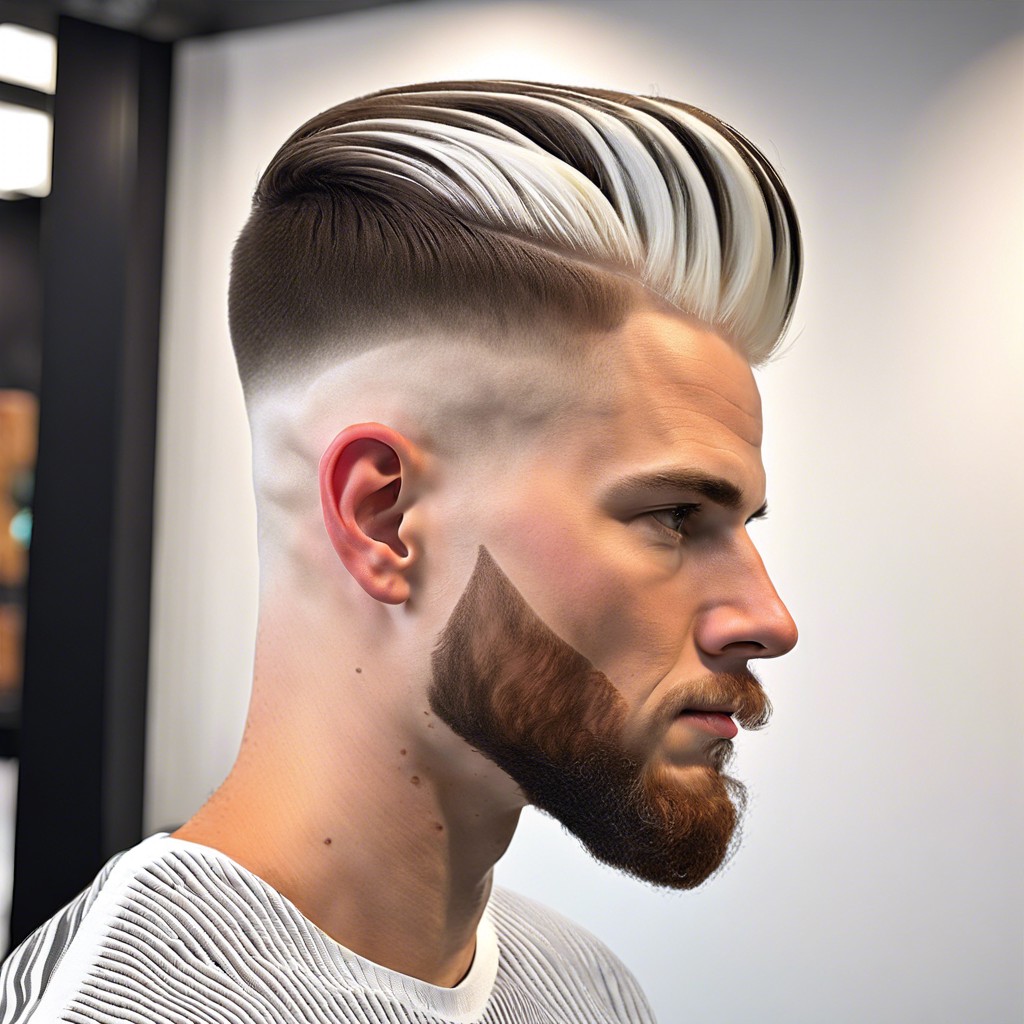
Regular trims are essential to keep the burst fade looking sharp, ideally every two to three weeks.
Employ a moisturizing hair care routine to maintain the health of your scalp and hair, accentuating the fade’s contrast.
Use a firm hold pomade or wax to tame any stray hairs and keep the style polished throughout the day.
Styling Products for a Sharp Look

To maintain the integrity of a white guy burst fade, a high-hold pomade can sculpt and define the style, while keeping stray hairs in place.
A matte clay is ideal for those seeking a more textured, natural finish, effortlessly enriching the fade’s gradient effect.
For added shine and a sleeker look, a small amount of hair serum can be applied sparingly, ensuring the fade remains the focal point without appearing greasy.
Best Haircuts to Pair With a Burst Fade
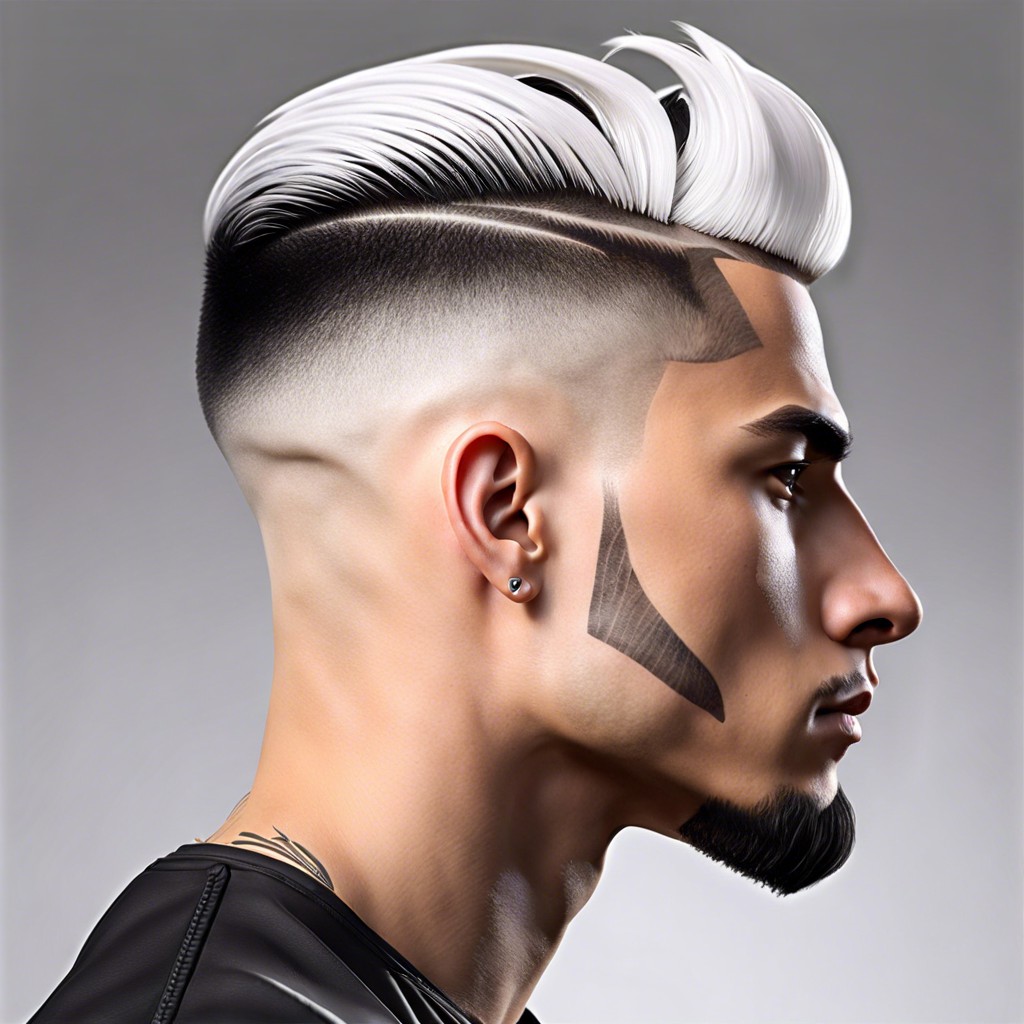
Accompanying a burst fade with a pompadour creates a modern twist on a classic style, offering volume on top that balances the tapered sides.
The textured crop, with its nuanced layers, complements the burst fade by adding a contemporary edge that’s both fashionable and easy to manage.
Opting for a quiff with a burst fade elevates the entire look, merging the suaveness of volume with the edginess of the fade for a dynamic hairstyle.
How to Explain a Burst Fade to Your Barber
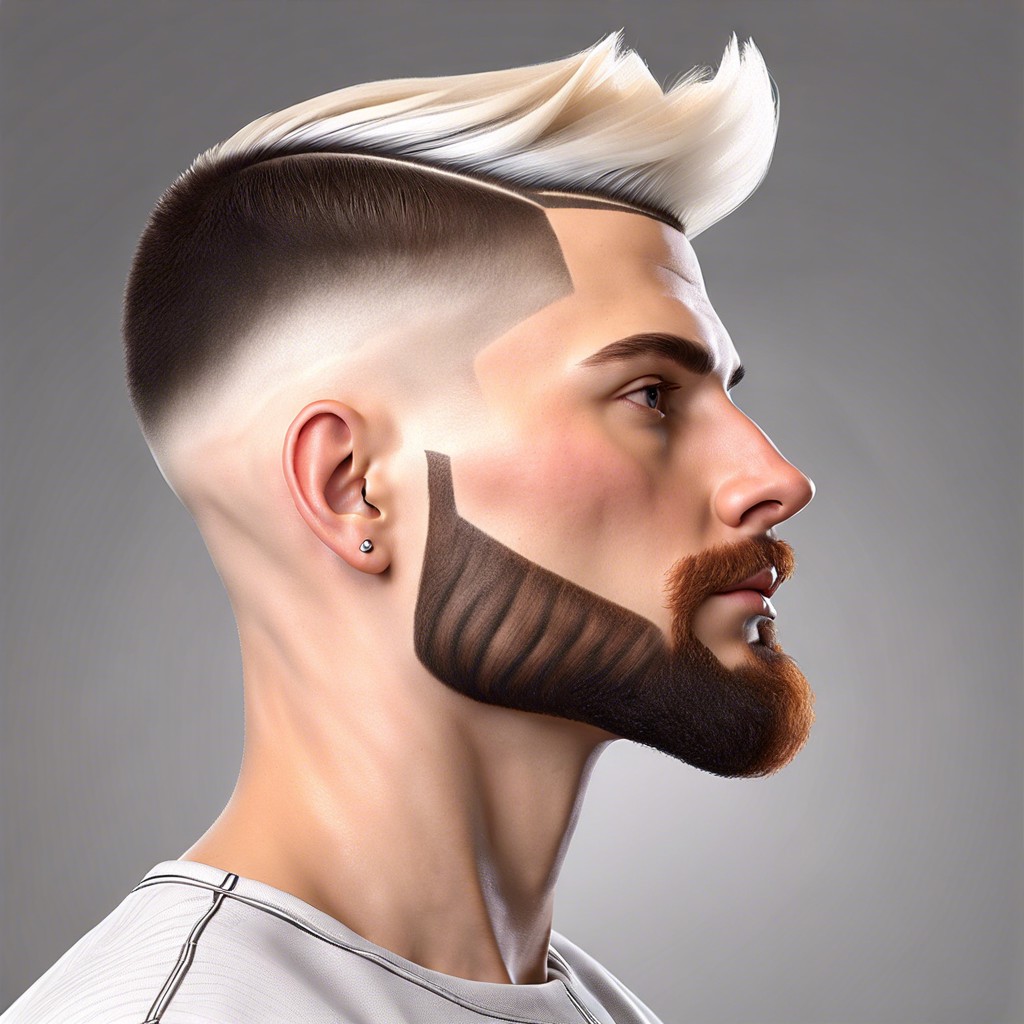
Start by specifying how short you want the fade, pointing out that it should wrap around the ear in a semi-circular pattern. Emphasize your desired fade gradient—whether subtle or stark—and where it should begin in relation to your ear and hairline. Show your barber a picture to ensure clear communication and to provide a visual reference for the precise burst effect you’re aiming for.
The History of the Burst Fade Hairstyle
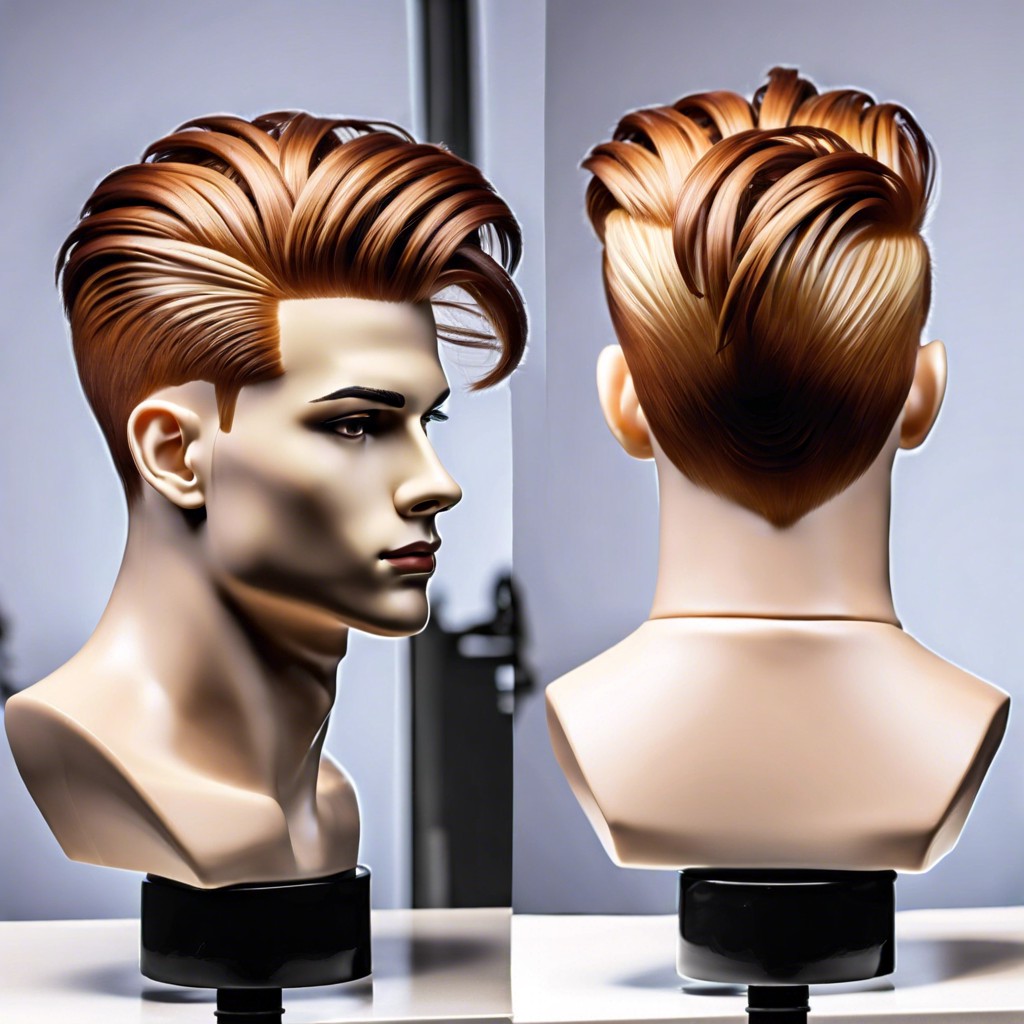
The burst fade has its roots in the Afro-American communities, developing alongside and drawing inspiration from the mohawk. Gaining popularity in the 1980s, it was a mark of cultural identity and a nod to the era’s bold style statements.
It later evolved into a mainstream trend, symbolizing a blend of heritage and modern barbering techniques.
Burst Fade for Different Hair Types
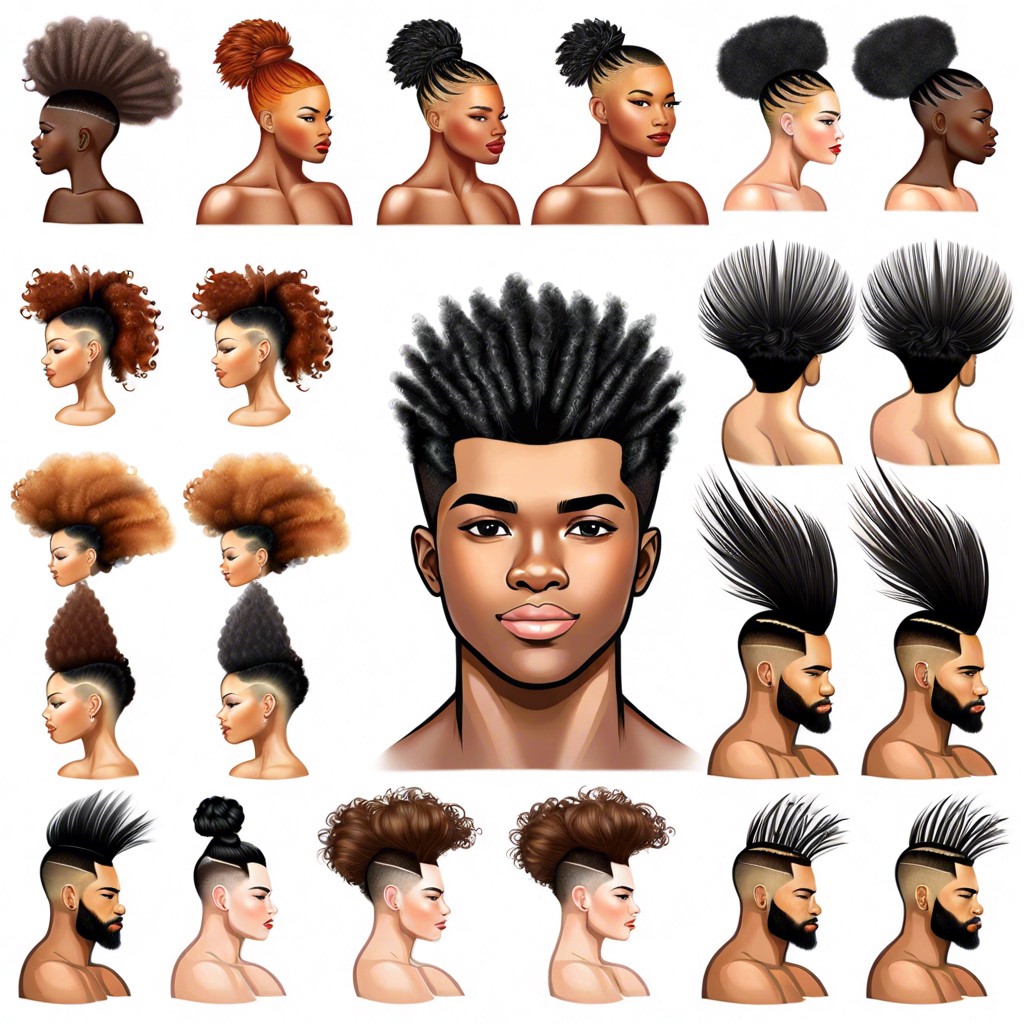
A burst fade can be adapted to a myriad of hair textures, becoming a versatile option for anyone looking to update their look.
Straight hair lends a sleek, crisp edge to the fade, while curly locks add a dynamic, textured contrast to the smoother skin fade zone.
The key is to ensure that the gradient complements the natural hair type, emphasizing the hair’s innate qualities.
Celebrity Inspiration for Burst Fades
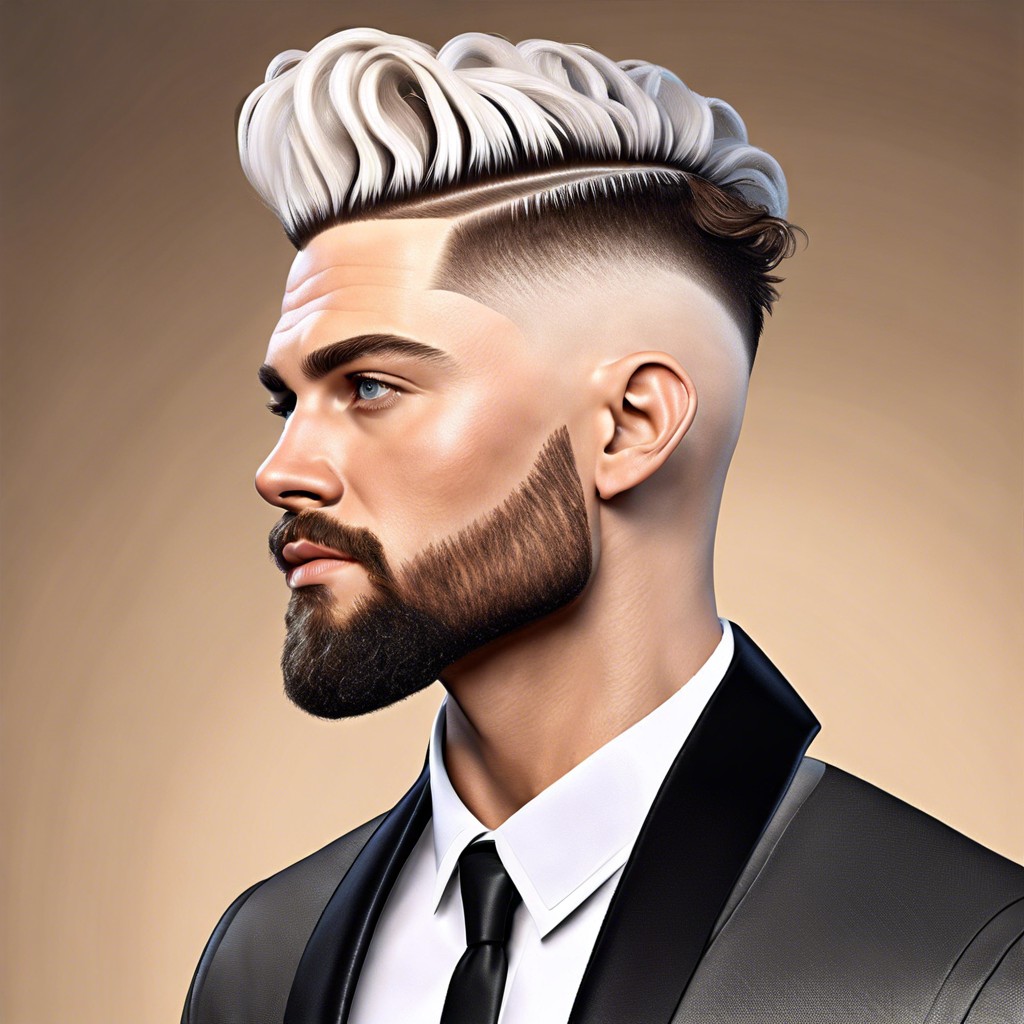
Observing style icons with burst fades offers a visual guide for personalizing this trend.
Zayn Malik and Usher have both sported versions of the burst fade, setting a benchmark in versatility and coolness.
Emulating these celebrities gives a contemporary edge to the classic white guy burst fade.
Cultural Significance of the Burst Fade
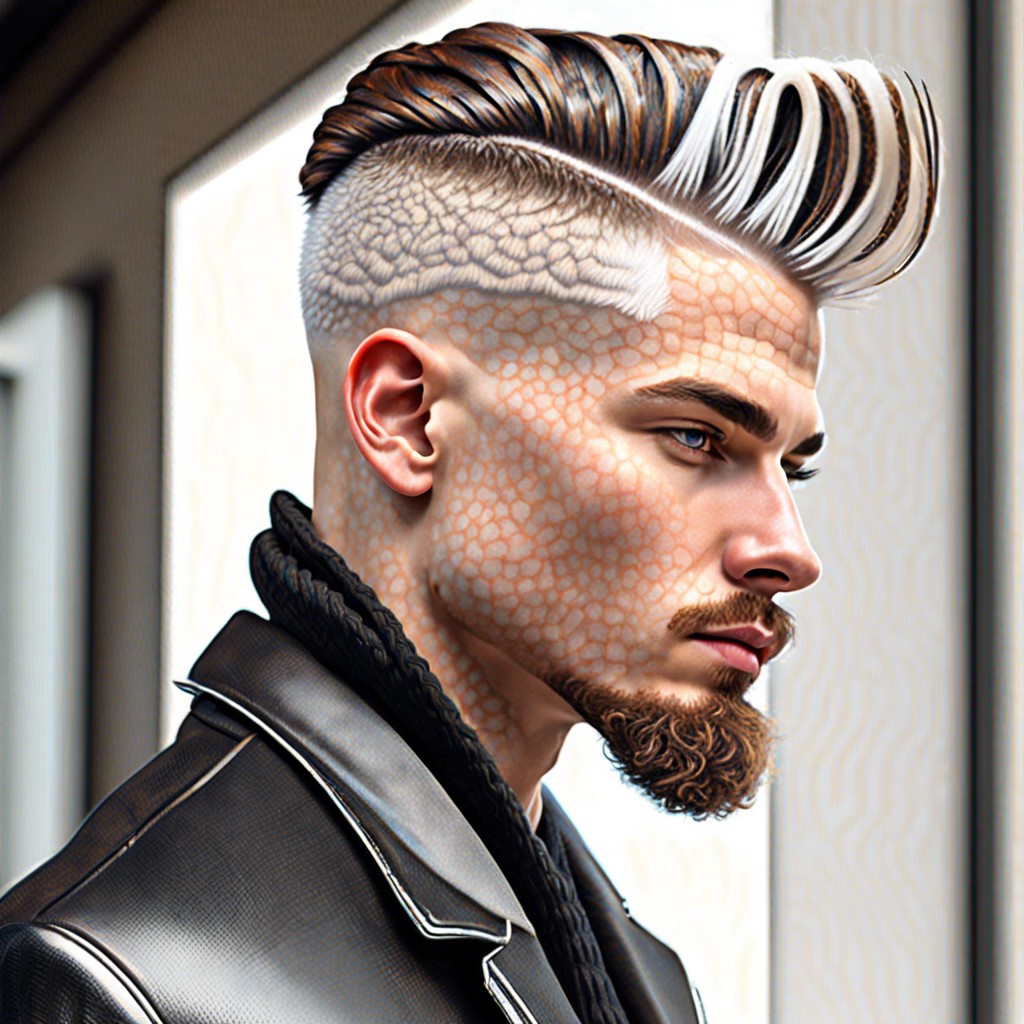
The burst fade has transcended its origins in the African American community, becoming a statement cut that speaks to a merging of cultures and styles.
Its adoption by diverse demographics showcases a celebration of multicultural influences within modern hairstyling.
As fashion continuously evolves, the burst fade remains a testament to the fluid nature of cultural exchange and expression.
Achieving Symmetry in a Burst Fade
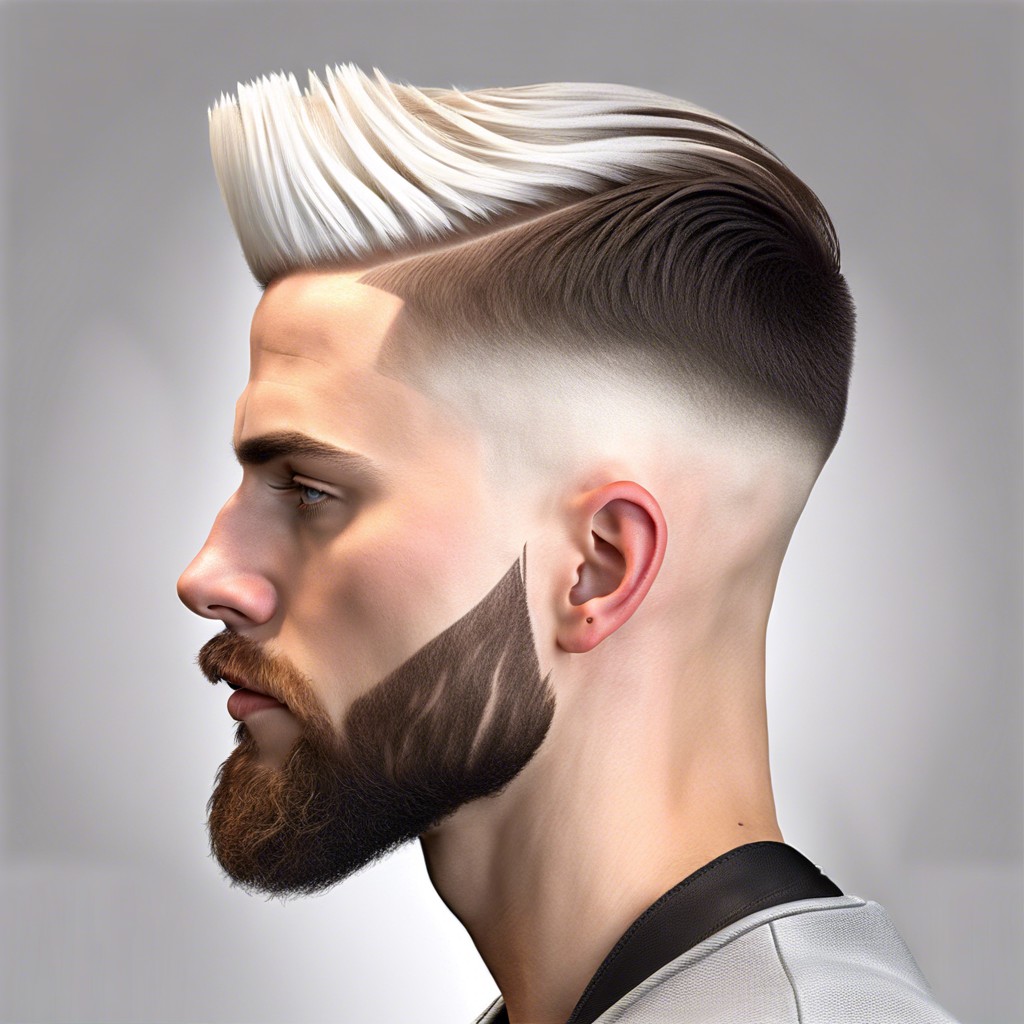
Achieving symmetry in your burst fade is crucial for a polished and balanced look, as uneven fades can drastically affect the hairstyle’s overall aesthetic.
It involves meticulous blending and shaping around the ear, working in harmony with your head’s natural curvature.
Precision is key; a skilled barber will ensure that both sides of the burst fade mirror each other perfectly.
DIY Burst Fade Steps
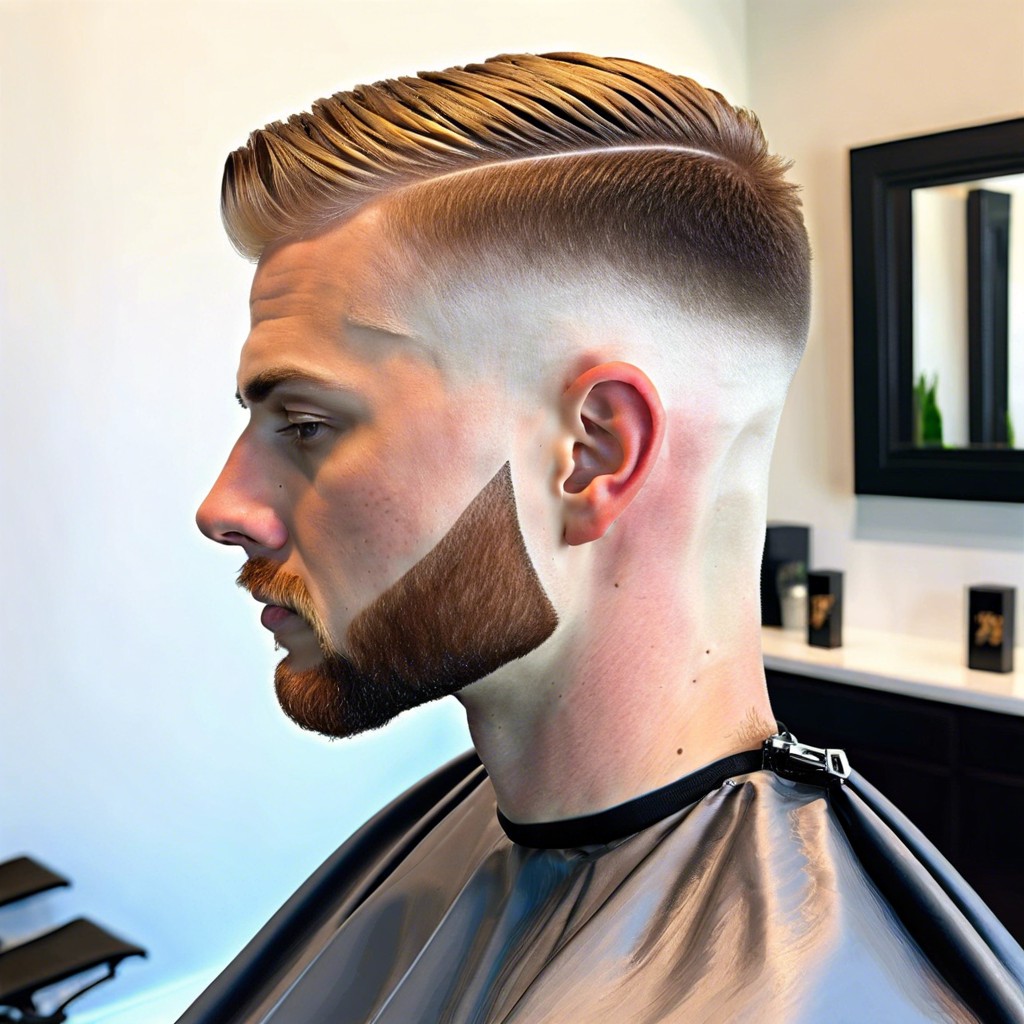
Crafting a burst fade at home requires precision and the right tools, like clippers with various guard sizes and a handheld mirror for visibility.
Start with the longest guard to cautiously establish the fade’s boundaries, progressively decreasing guard size for a seamless transition.
Always move in a curved motion around the ears to mimic the burst effect and blend naturally into the hairline.
Common Mistakes When Getting a Burst Fade
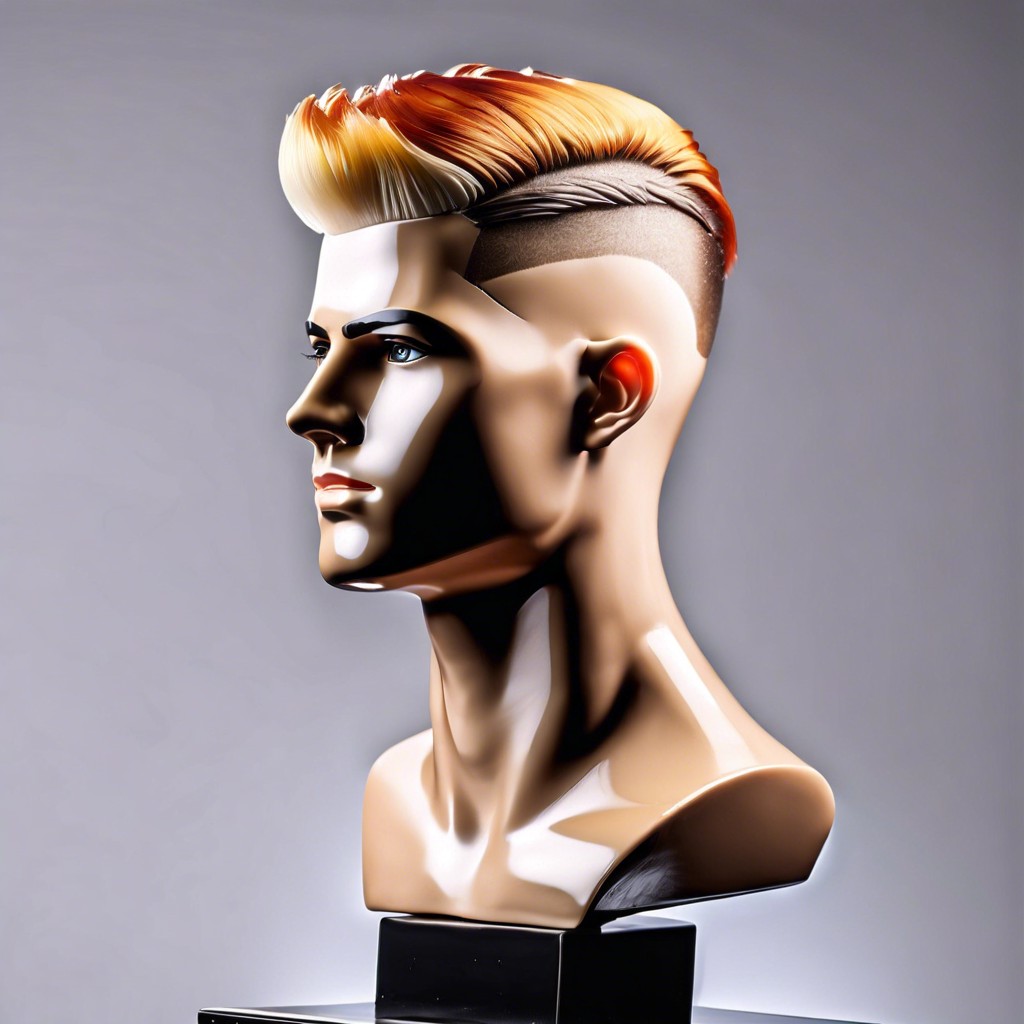
Overfading at the burst area can result in a less defined contrast which is essential for this style’s dynamic appeal.
Neglecting to blend the fade into the ear and neckline properly can disrupt the hairstyle’s smooth flow.
Choosing an inexperienced barber may lead to asymmetrical fade lines, impacting the overall balance and aesthetics of the cut.
How to Grow Out a Burst Fade Gracefully
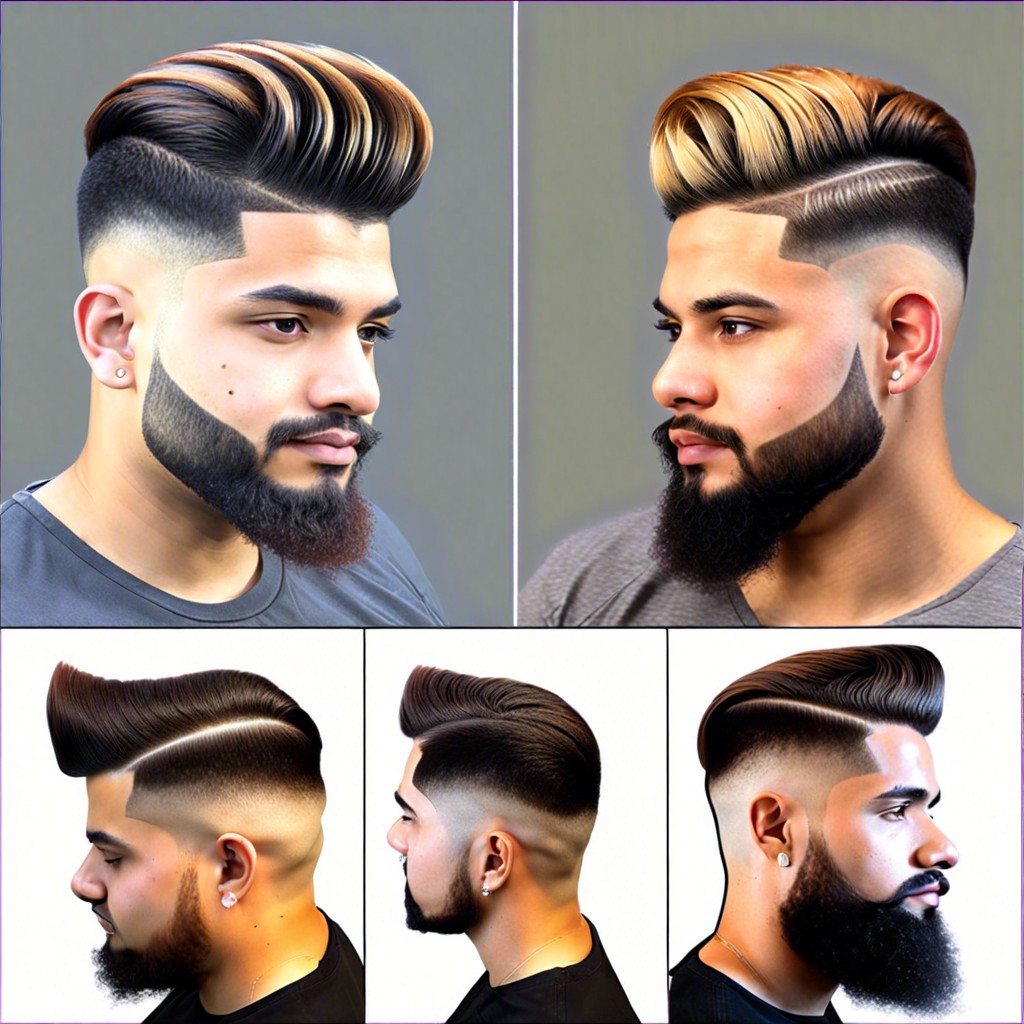
Transitioning from a burst fade requires regular trims to keep the sides proportional to the top as the hair grows. Incorporate longer layers gradually to blend the distinct fade into a more uniform length. Use styling products to tame awkward stages and maintain a polished look throughout the growing process.
Comparing Burst Fade With Other Fade Styles
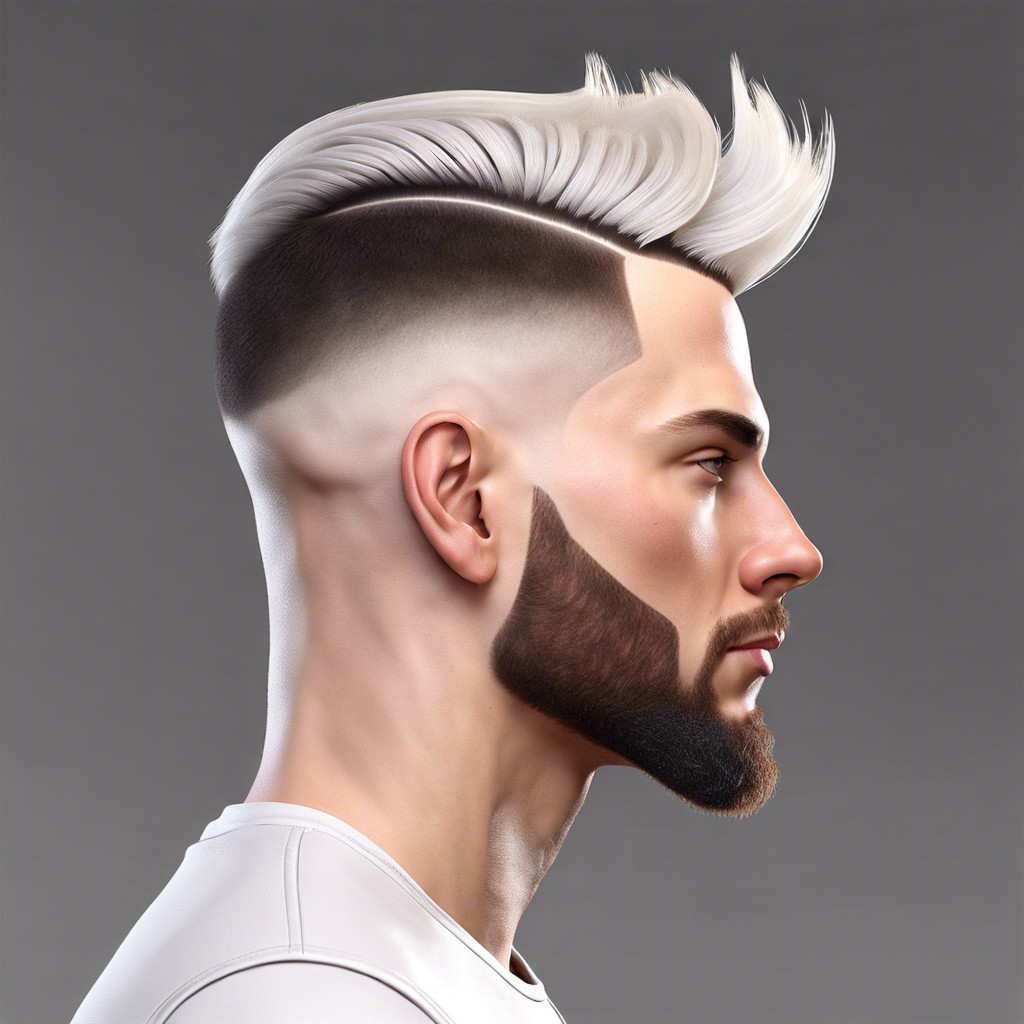
The burst fade distinguishes itself by radiating around the ear and back, offering a more dramatic transition than the more subtle taper fade.
Unlike the high fade, which climbs abruptly high along the sides of the head, the burst fade creates a semi-circular contour that’s particularly impactful.
The skin fade offers a bolder contrast by blending down to the skin, but the burst fade maintains a fuller hair presence around the ear and neckline.
The Role of a Hairline in Shaping a Burst Fade
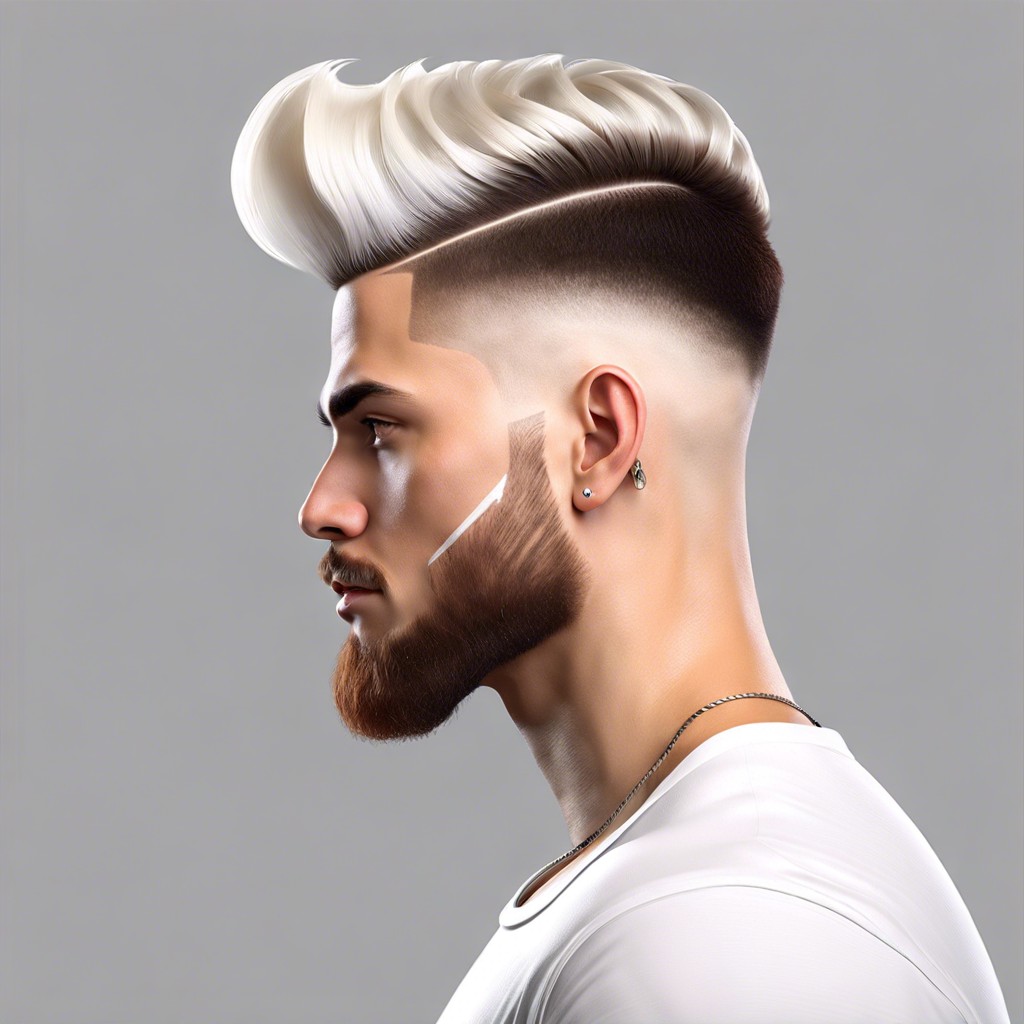
The natural hairline’s contours are critical in dictating the burst fade’s starting point and overall shape. A skilled stylist can enhance the hairstyle’s appearance by blending the fade according to the individual hairline’s arc.
Properly accounting for the hairline ensures the burst fade complements the wearer’s head shape, resulting in a more personalized and aesthetically pleasing look.
